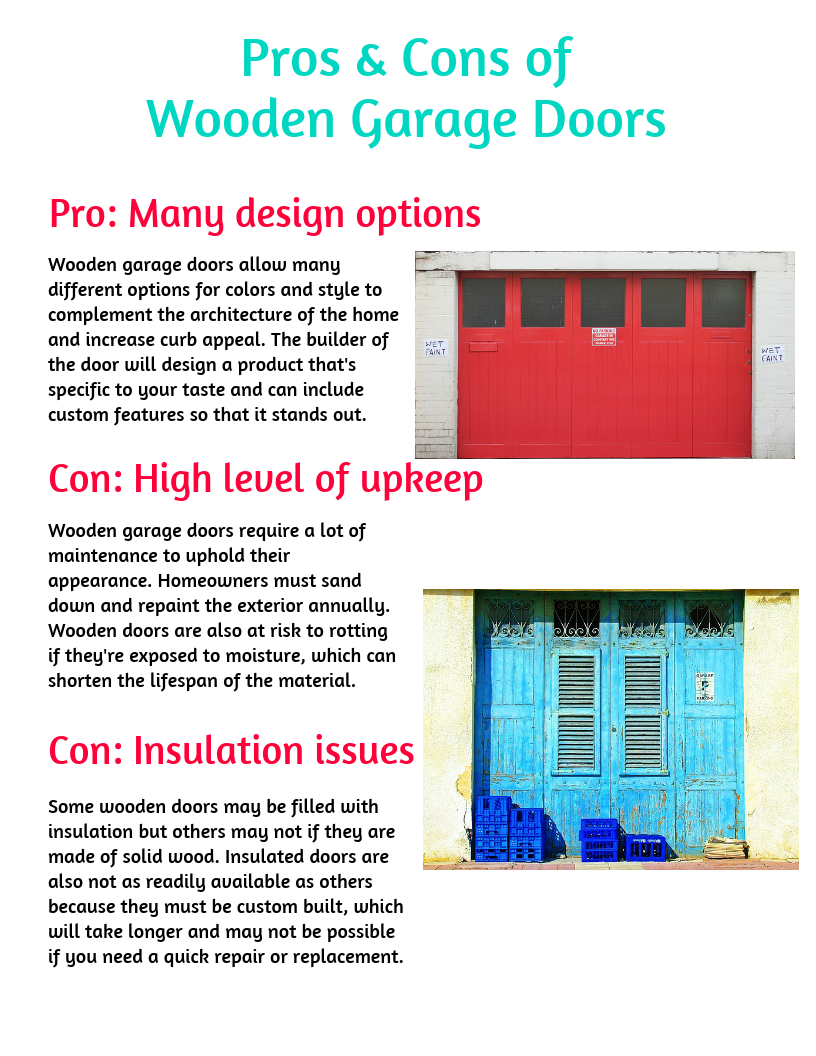The Best Pressure Washing Strategies For Each Surface Area
The Best Pressure Washing Strategies For Each Surface Area
Blog Article
Material Writer-Wu Hodges
When it comes to push washing, the strategy you pick can make all the distinction in achieving a clean, streak-free finish. You could locate that tough surface areas, like concrete, call for a different approach than softer materials, such as wood or vinyl. denver window cleaning to adjust your techniques to the surface type to avoid damages while making the most of cleaning effectiveness. So, what are the best techniques for every surface, and how can you guarantee you're using the appropriate setups and devices for the job? Allow's explore what you need to know to obtain the best results.
Tough Surfaces
When it pertains to pressure cleaning tough surface areas, preparation is essential. Prior to you even think of pulling out the pressure washing machine, put in the time to remove the area of any type of debris, furniture, or obstacles. You don't want anything entering your way or possibly harmful your tools.
Next off, inspect the surface area for any splits or damage; this will certainly assist you determine the ideal method and stress settings.
Once you've prepared the location, it's necessary to choose the right nozzle. For difficult surfaces like concrete or brick, a slim nozzle (15 or 25 degrees) works best to supply a concentrated stream of water that can properly eliminate grime and stains. Constantly begin at a distance and gradually move better to prevent any kind of surface damages.
As you start cleaning, keep the wand transferring to avoid touches and over-saturation. It's additionally handy to function from the top down, allowing dirt and particles to remove normally.
Lastly, bear in mind to wash the surface area extensively after cleansing to get rid of any type of remaining detergent. With these methods, you'll accomplish a tidy and refreshed look on all your hard surfaces.
Soft Surfaces
Stress washing soft surfaces needs a gentler strategy to safeguard them from damage. Whether you're cleansing your deck, patio furniture, or exterior siding, using excessive pressure can cause dents, scratches, and even irreversible harm.
Beginning by selecting a low-pressure nozzle, ideally a 25-degree or larger spray pattern, to spread the water much more delicately.
Prior to you start, it's essential to pre-treat any discolorations with a suitable cleansing service. This step enables the cleaner to penetrate the dust and grime, making it much easier to wash away without rubbing also hard.
Constantly use the service from all-time low as much as protect against streaking.
When you begin pressure cleaning, preserve a range of at the very least 12 to 18 inches from the surface area. Relocate your stick in a sweeping movement, maintaining it alongside the surface area to avoid focused stress on one spot.
Rinse the area extensively after cleansing to eliminate any residual cleanser.
Last but not least, check the surface for any type of missed out on places and duplicate the process if needed. By following these actions, you can successfully tidy soft surfaces while preserving their honesty and appearance.
Specialized Surfaces
Cleaning up soft surfaces requires care, however specialized surface areas demand even more attention to information. When you take on these surface areas, like delicate timber, tarnished concrete, or particular types of siding, making use of the right pressure cleaning techniques is critical to stay clear of damage.
First, assess the material. For example, dealt with timber can usually hold up against moderate stress, yet softer woods like cedar might call for a lower setup. Constantly start with the most affordable stress and slowly raise if required.
For discolored concrete, make use of a fan spray nozzle and maintain a regular distance to prevent etching the surface.
When handling surfaces like vinyl home siding or painted surfaces, a broad spray pattern aids distribute the pressure evenly, shielding the finish.
https://hotel-cleaners-company44321.tusblogos.com/32641635/seasonal-stress-washing-timing-and-validation-for-cleansing-your-exterior-surfaces 's additionally wise to make use of cleaning agents especially created for specialized surface areas. They can boost cleansing without compromising the material.
Rinse thoroughly after washing to remove any type of residue, as it can cause staining or deterioration gradually.
Conclusion
Finally, mastering pressure cleaning techniques for different surfaces can make all the difference in your cleansing results. For difficult surfaces, stay with slim nozzles and a top-to-bottom approach, while soft surfaces require a gentler touch with bigger nozzles. Don't fail to remember to pre-treat discolorations and rinse completely to stay clear of deposit. By adapting your methods to each material, you'll not only attain a cleaner coating however likewise secure the stability of your surface areas. Delighted cleansing!
